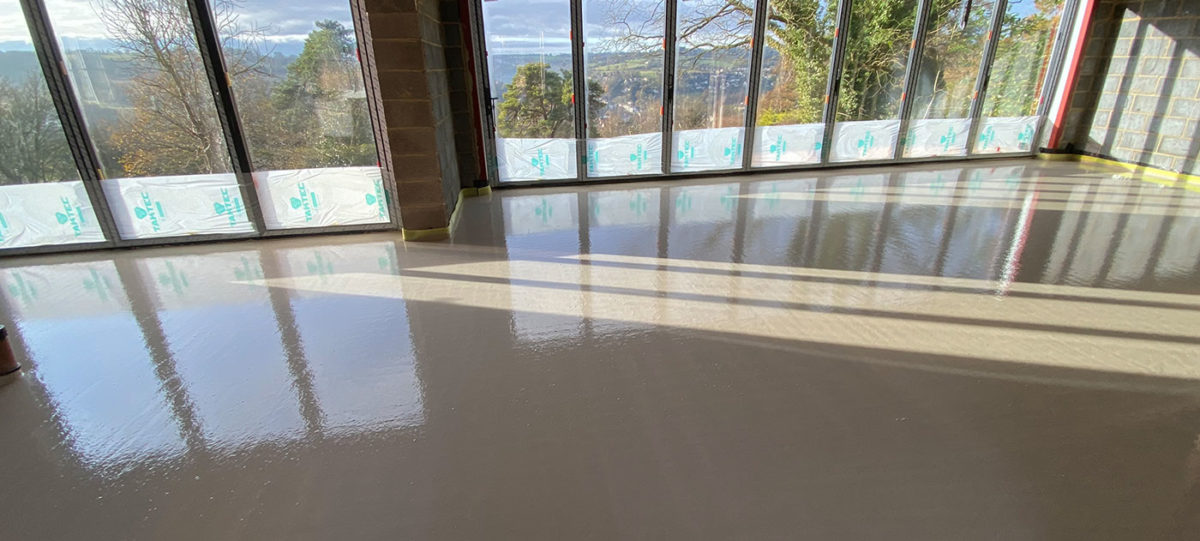When you are engaged on any sort of construction project, whether it is a building for your own use or one that you are creating for sale, or even if you are merely a contractor carrying out the work on behalf of a client, you obviously take every care to ensure that the finished project is perfect in every way, shape, and form.
Having said that, there are many things that can go wrong on any such undertaking, and a lot of these will depend upon the design and the instructions for the building in the first place. There are also a considerable number of specialities involved from foundation digging to bricklaying to roofing, and window installation, electrics, water, and many more.
At UK Screeds, our part in a construction project concerns the flooring and underfloor heating – and nothing else. The production of floor screeds, and installation if required, is part of our expertise.
Now, some people wonder if a floor screed in Rutland is necessary for a building in the first place, and it is true that there is no law which says that you have to use it. You can, if you wish, connect the final flooring directly to the concrete subfloor.
Tiling May Break
However, if you do that, you may well find that the final flooring surface is nowhere near as good as it could be and may even be subject to breakage in the case of something such as a tile floor. This is because, try as you may, you cannot get a concrete substrate absolutely flat. The point of using a screed on top of the substrate is to produce a flat and level surface that is perfect for fitting the final floor, whether that be tile, board, carpeting, or anything else.
A conventional screed that has been used for many years is made of sand and cement, and it is then laid by hand on to the substrate. Apart from anything else, as you can imagine, laying a screed by hand can take a very long time. It is also very tiring for the labourer. IN addition, there is the fact that conventional screed mixed in a cement mixer on site will vary in consistency as well, so the final screed surface will never be perfect.
This is why we provide liquid anhydrite floor screed in Rutland that is delivered to site ready mixed. All that then needs to be done is to connect a hose and pump it on to the substrate. This is far quicker than laying sand and cement, and of course, being liquid, it is self-levelling. It just needs a quick work over with a dappling bar to remove any air bubbles and the job is done.








